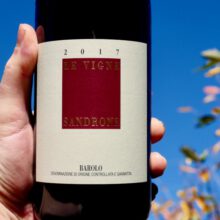
Product information
Luciano Sandrone Barolo ‘Le Vigne’ 2019
$299
Description
An excellent Le Vigne. The restraint in oak use is clever, discrete, just a beuatiful layer. Going back to the 2013 the wood was more overt on release. Today the 2013’s are fully resolved and wonderfully layered. The 2019 is complex, refined & elegant, with vibrant fruit & faded flowerst. A delicacy with great density of fruit. Remaining refreshing. The heart shape of Novello, the faded flowers of Villero the combination of tannin profiles making for quite a complete long mouthfeel. Classic. Wonderful transparency. With a little more time to develop this will give drinkers much pleasure.
The 2019 Barolo Le Vigne is a historic blend of fruit from Baudana in Serralunga d’Alba, Villero in Castiglione Falletto, Vignane in Barolo and Merli in Novello. This year, a fifth site was added to the final blend. It is the Le Coste MGA in Barolo with south-facing exposures and 45-year-old vines in a two-hectare parcel. The backbone of this wine is Baudana, and Merli adds freshness. The wine needs more time in bottle, but already it proves generous and bold with dark fruit, spice and crushed mineral.The 2017 Barolo Le Vigne is rich, pliant and so expressive. Even so, I imagine it will need a few years to open up fully. Bright red fruit, rose petal, blood orange and spice give the 2017 its distinctly red-toned profile. Elegant and translucent, the 2017 is very nicely balanced. Vineyard sources are Baudana, Villero, Vignane and Merli.
Monica Larner, The Wine Advocate 97+ Points
The 2019 Barolo Le Vigne is pure and total seduction. Kirsch, sweet pipe tobacco, mint, cedar, dried herbs and orange peel all grace a Le Vigne built on mid-weight structure and energy. There is a feeling of youthful classicism and austerity that is so beguiling. Readers should plan on being patient, though. The 2019 won’t be ready to drink anytime soon, but there is enough fruit to make me think it will be superb, in time.
Antonio Galloni, Vinous 97 Points
Only 1 left in stock











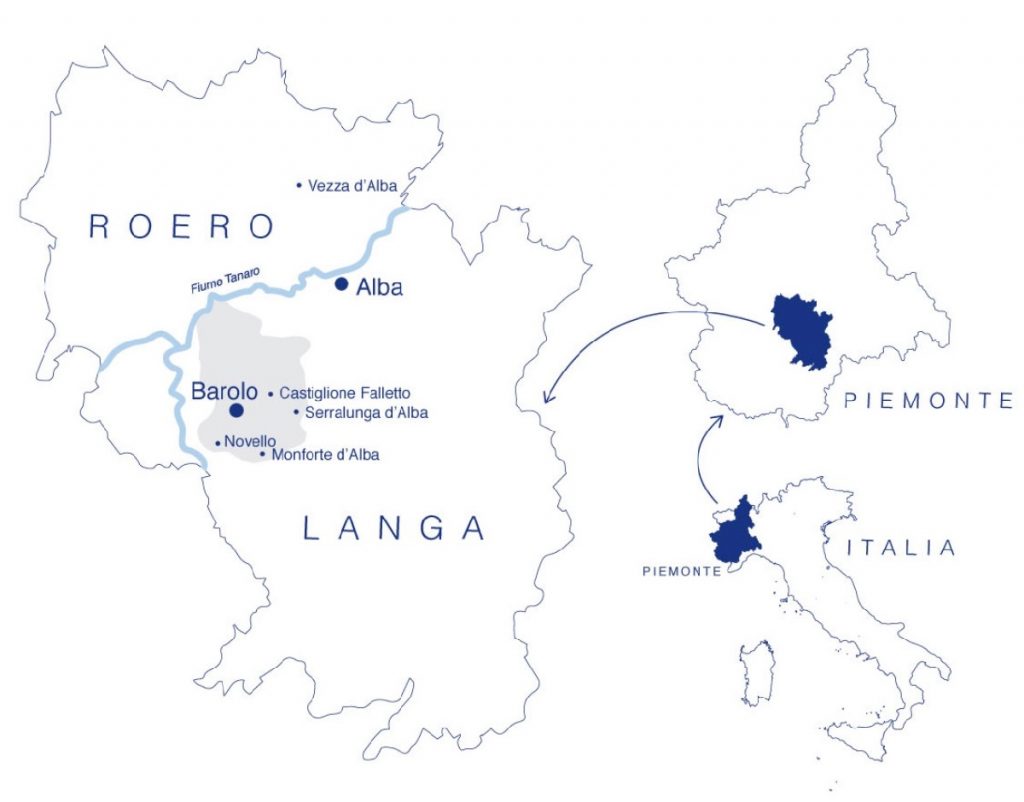
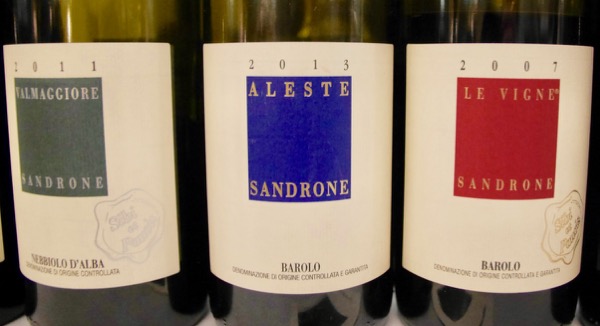



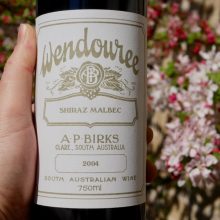
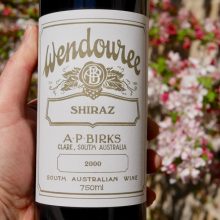
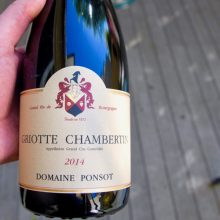
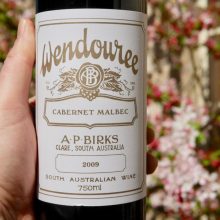
You must be logged in to post a comment.